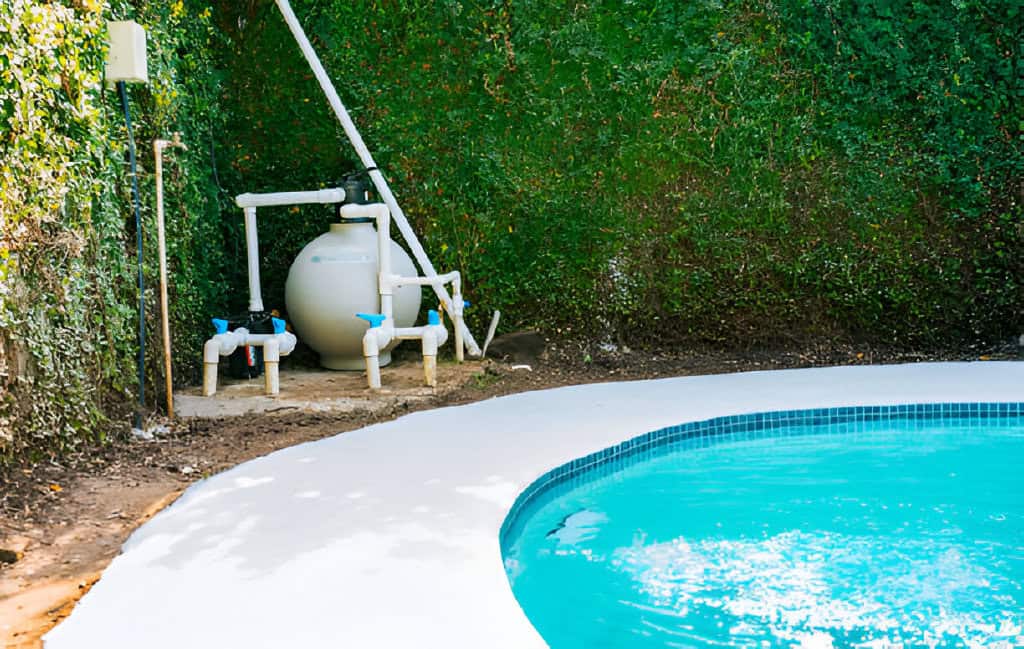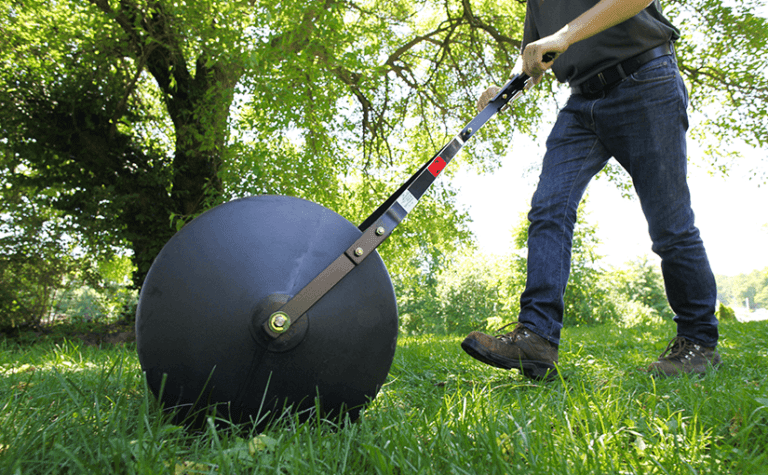What to Do with Sand After Removing a Pool? Don’t Let It Go to Waste

If you’ve recently removed a pool, you might find yourself wondering what to do with all that leftover sand. There are many creative and eco-friendly ways to repurpose that sand. You can use it to spruce up your backyard or start a new landscaping project.
In this article, we’ll explore many new ideas for reusing pool sand. They will help you save money and pollute less.
Why Repurposing Sand is Important

Repurposing sand is very important. It has a big impact on the environment, is cost-effective, and promotes sustainable practices. Disposing of sand in landfills harms the environment. It hurts soil and can pollute groundwater. Finding alternatives to landfill disposal helps reduce these effects. Repurposing is a better option.
Moreover, repurposing sand is financially beneficial. Instead of incurring costs associated with disposal, using sand in other projects can be cost-effective. For example, sand removed from a pool can be reused in landscaping or construction fill. It can also be used for creating pathways and driveways. This cuts costs. It also reduces the need to buy new materials, promoting resource efficiency.
From a sustainability standpoint, reusing sand aligns with eco-friendly practices. It reduces the demand for extracting new resources. This conserves natural habitats and cuts emissions from transportation and manufacturing.
Reusing sand in various applications can help people and businesses. It can help them support the environment and sustainable development.
What to Do with Sand After Removing a Pool
1. Reuse in Landscaping Projects
Sand can be an excellent resource for various landscaping projects around your property. Consider using it for:
- Leveling Ground: Smooth out uneven areas in your yard; or creating a level base for a new patio.
- Mixing with Soil: Improve soil drainage by mixing sand with existing soil, especially in areas prone to waterlogging.
- Creating Paths: Use sand to make paths or walkways in your garden. This enhances accessibility and aesthetics.
2. Donation or Sale
If you have a substantial amount of clean, reusable sand, consider donating it or selling it to:
- Local Construction Projects: Builders and contractors often need clean sand for construction projects.
- Community Gardens or Parks: Offer sand to local green spaces or community gardens for soil improvement.
3. Environmental Considerations
When handling and disposing of sand, it’s essential to be mindful of environmental impacts:
- Avoiding Contamination: Ensure the sand is free from debris or chemicals before reuse or disposal.
- Proper Disposal: If the sand is dirty or unusable, dispose of it by local rules. This prevents harm to the environment.
4. DIY Projects
Get creative with DIY projects that incorporate sand:
- Sandbags: Use sand to fill sandbags for flood protection or as a base for homemade weights for exercise.
- Art and Crafts: Artists and hobbyists can use sand for various creative projects like sculptures or textured paintings.
5. Storage and Preservation
Proper storage ensures that your sand remains usable for future projects:
- Dry Storage: Store sand in a dry, covered area to prevent it from clumping or becoming contaminated.
- Covering Piles: Cover sand piles with a tarp to protect it from rain and wind erosion.
Proper Disposal Methods for Sand After Removing a Pool
When disposing of sand after removing a pool, pick methods that avoid harm and follow local laws.
Begin by researching local guidelines on sand disposal, as regulations can vary widely by region. This step ensures that you understand any specific requirements or limits. They are about the disposal of construction materials like sand.
Next, talking to waste management companies can give useful insights. They can tell you about the best disposal options in your area. They can advise on environmentally friendly methods and may offer services for sand removal and disposal.
Waste managers can handle such materials. They do so safely and efficiently, following the law and environmental practices.
For those who prefer a hands-off approach, hiring professionals can work. They specialize in removing and disposing of sand. These experts have the gear and skill to manage the task safely. They will make sure that the sand is handled responsibly and disposed of legally.
By doing this, you can ensure that the sand from your pool removal is disposed of well. This will minimize environmental impact and follow local rules. This approach protects the environment. It also promotes responsible waste management.
Conclusion
Repurposing sand after removing a pool not only saves money but also minimizes environmental impact. You can reuse it in landscaping. Or, donate it to local projects. Or, get creative with DIY. There are many ways to make sure the sand doesn’t go to waste.
By adopting these practices, you can make a positive impact on your surroundings while finding practical uses for leftover materials.







